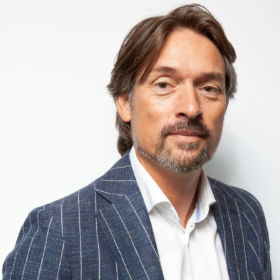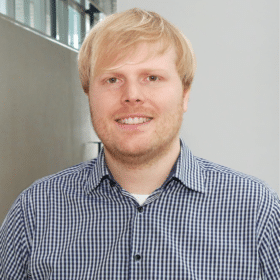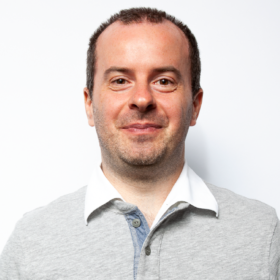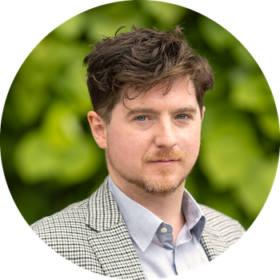Both higher energy yields and longer lifetimes are needed for PV modules to meet growing customer expectations. Couple this with the fast moving nature of PV technology – larger formats, new cell interconnection techniques and many more can all affect long term performance – and it’s clear that understanding and mitigating the various mechanisms that lead to performance has never been more important. In this pv magazine Webinar we’ll examine the roles of temperature, humidity and mechanical stress in driving some of these mechanisms, and how Coolback’s innovative solution promises to limit the effects of these, ensuring both better day-to-day module performance and a longer operational lifetime.
Keep cool and distribute stress: A recipe for improved performance
Installed in harsh climates to operate for years at a time while exposed to the elements, there are a number of different degradation mechanisms that can begin to affect a module at any point after it rolls off the production line. And rapid changes to module technology – such as the ongoing move toward larger cell and module dimensions – can also have unexpected consequences for long term reliability and performance loss.
With ever growing expectations for module performance and lifetime, understanding and mitigating these mechanisms is a vital concern all across the PV supply chain. In this pv magazine Webinar, produced in partnership with Coolback, we’ll look at the drivers behind some of these mechanisms – from electrical losses due to raised temperature to heavy wind or snow loads causing bending and cracking of cells. And, crucially, we’ll look at how some of these mechanisms could present an additional challenge for the latest crop of PV module technologies.
Alex Masolin, R&D Application Specialist at Coolback, will take us through some common degradation mechanisms in PV modules, and the failures that can result if these are left unchecked. And backed up with testing data from field installations and the laboratories of Fraunhofer ISE, Masolin will demonstrate how Coolback keeps operating temperatures low, resulting in an energy yield boost, and also keeps moisture and mechanical stress away from the delicate silicon cells to ensure a longer operational lifetime.
Next we will focus on the issue of cell cracking, with Andreas Beinert, Researcher at the Fraunhofer Institute for Solar Energy Systems (ISE)’s Module Simulation group demonstrating a new approach to determine the probability of cracks occurring in a module, as well as the implications of larger module dimensions on this.
Of course, improving module performance is worth little if the improvement itself costs more than the value of additional energy generated. And we will conclude this webinar with a look at the financial side with Coolback CEO Simon Meijer. Meijer will take us through simulations conducted in PVSyst, and discuss how the longer module lifetimes and higher energy yields promised by Coolback translate into lower levelized cost of energy and better returns on investment at project level.
pv magazine Webinar content:
- Common mechanisms of module degradation
- Mitigating performance loss, and the Coolback system
- Cell cracking and mechanical load
- Translating improved performance into ROI
- Q&A
Questions can be submitted beforehand or during the webinar through a chat window. Mark Hutchins, editor at pv magazine, will be the moderator of this webinar.
Registration for this pv magazine Webinar is free of charge.



